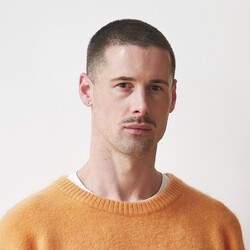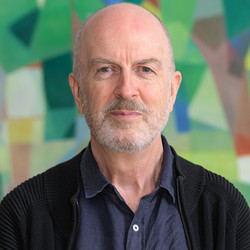B.210
B.
Bulletin
New Zealand's leading
gallery magazine
Latest Issue
B.22001 Jun 2025
Contributors

Director's Foreword

Director's Foreword
Welcome to the summer 2022/23 issue of Bulletin. Since our last magazine was published I’ve been enjoying the view from my office window, which takes in a new installation that fills the high void above the Gallery’s reception desk. Tīkawe is the first work the Mata Aho Collective have created with harakeke, braiding 530 metres over several months. An exceptionally beautiful addition to our foyer, it’s lovely to watch the shadows Tīkawe casts move and morph as the spring sun tracks across the sky. My thanks to the W. A. Sutton Trust for funding this new commission and addition to the Gallery’s collection.
Artist Profile

Everythingism
In 2019, the Tate Modern staged a solo exhibition of the work of Russian artist Natalia Goncharova. It was the first time the artist had had a major retrospective in the UK, and the exhibition included her paintings, prints, costume designs and textiles. The exhibition presented reviewers with a twinned challenge: how to talk about an artist who was so little known in the UK, and one who was a woman?
My Favourite
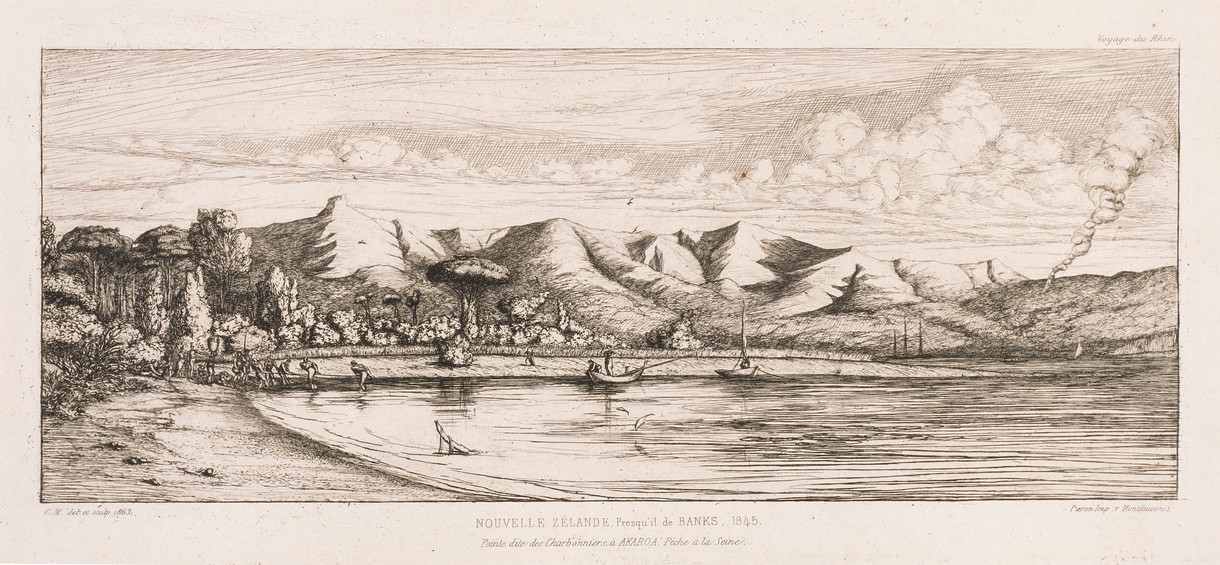
Charles Meryon: Nouvelle Zélande, Presqu’île de Banks, 1845...
1957 was a big year for me – transitions from a middle- sized hometown to life in a major city, and from high school to university, with an emphasis on courses in French language and literature. And late in that year a new display in the Canterbury Museum allowed my rudimentary interest in New Zealand history, my unstructured interest in the visual arts, and my commitment to things French, to come together around the work of an artist I had never heard of, but who had lived briefly at Akaroa in the 1840s – Charles Meryon.
Commentary
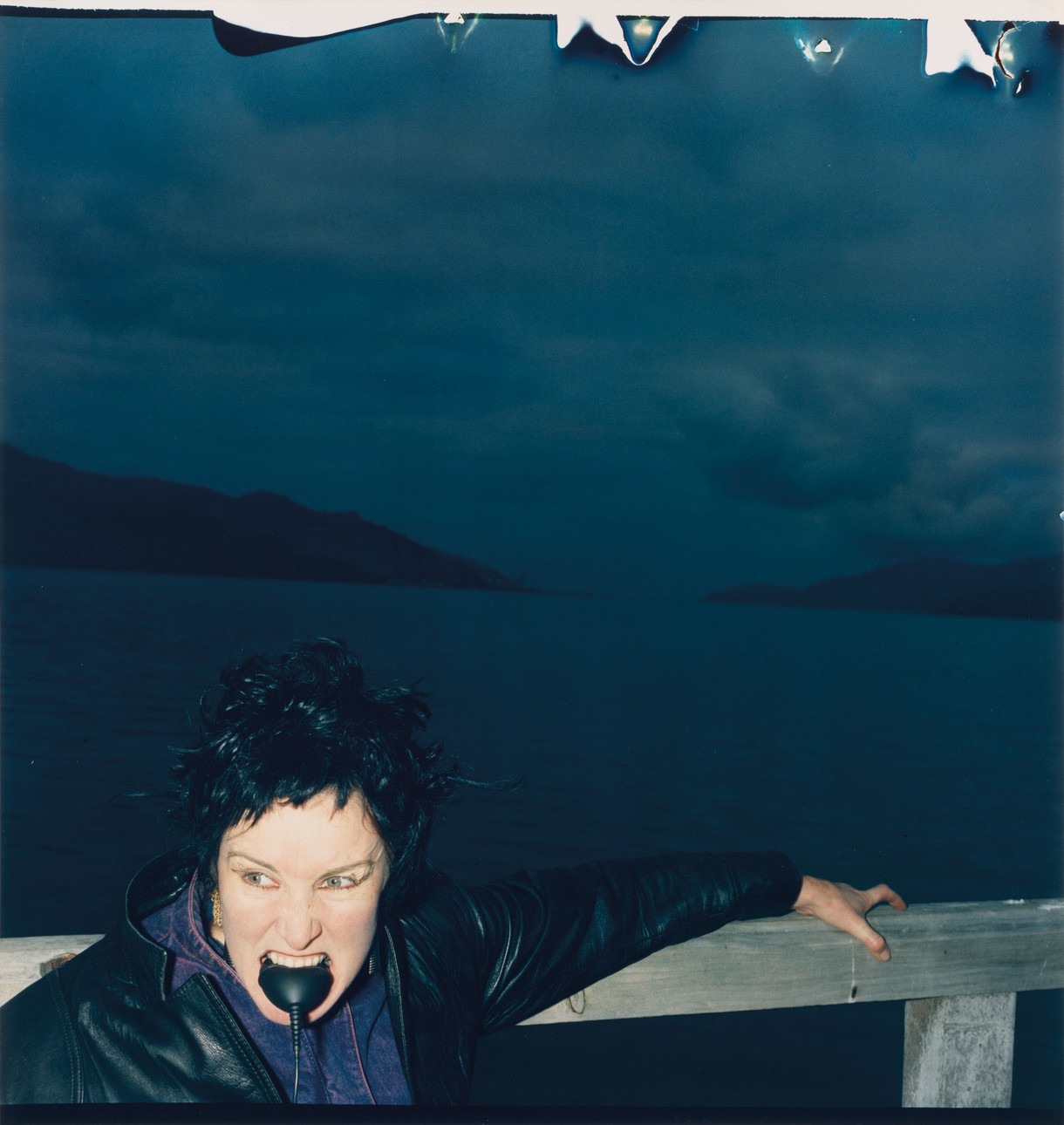
Mediating Reality
In the late 1980s, a significant shift for photography in Aotearoa New Zealand was identified in two art publications. The essays and images in these books showed how artists were utilising new strategies, breaking away from the prevailing documentary photography tradition that was, and still is, widespread in Aotearoa. Six Women Photographers (1986) was edited by artists Merylyn Tweedie and Rhondda Bosworth for Photoforum; and Imposing Narratives: Beyond the Documentary in Recent New Zealand Photography (1989) was the catalogue for an exhibition curated by Gregory Burke for City Gallery Wellington. The artists included in both publications questioned in various ways the assumptions and rules of image making, manipulating the media and making a political move from the standpoint of taking a photograph, to making one. No longer was a photograph considered a truthful representation of reality. Instead, photography was seen as a product of, and a participant in, current social and cultural values.
Article
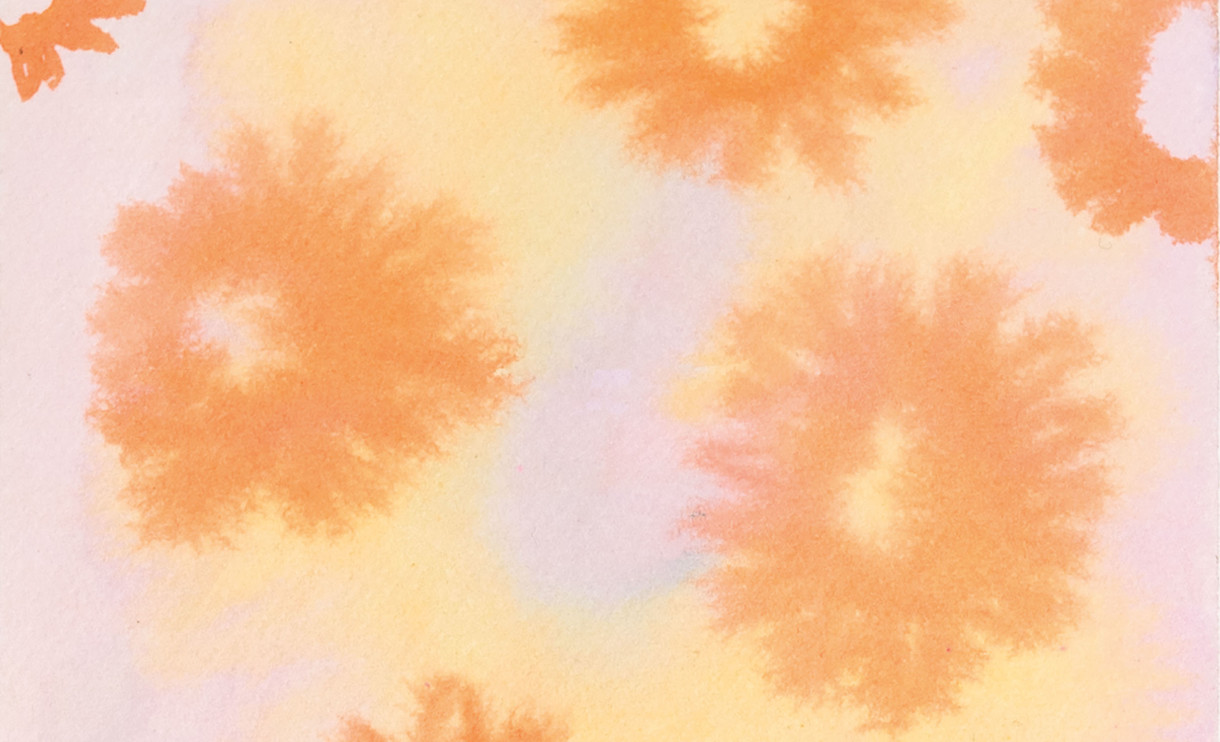
Things That Happened at Dawn
This new piece of writing was commissioned to accompany Turumeke Harrington: Tātou tātou, nau mai rā, which is on display from 17 December 2022 until 29 January 2023.
Commentary
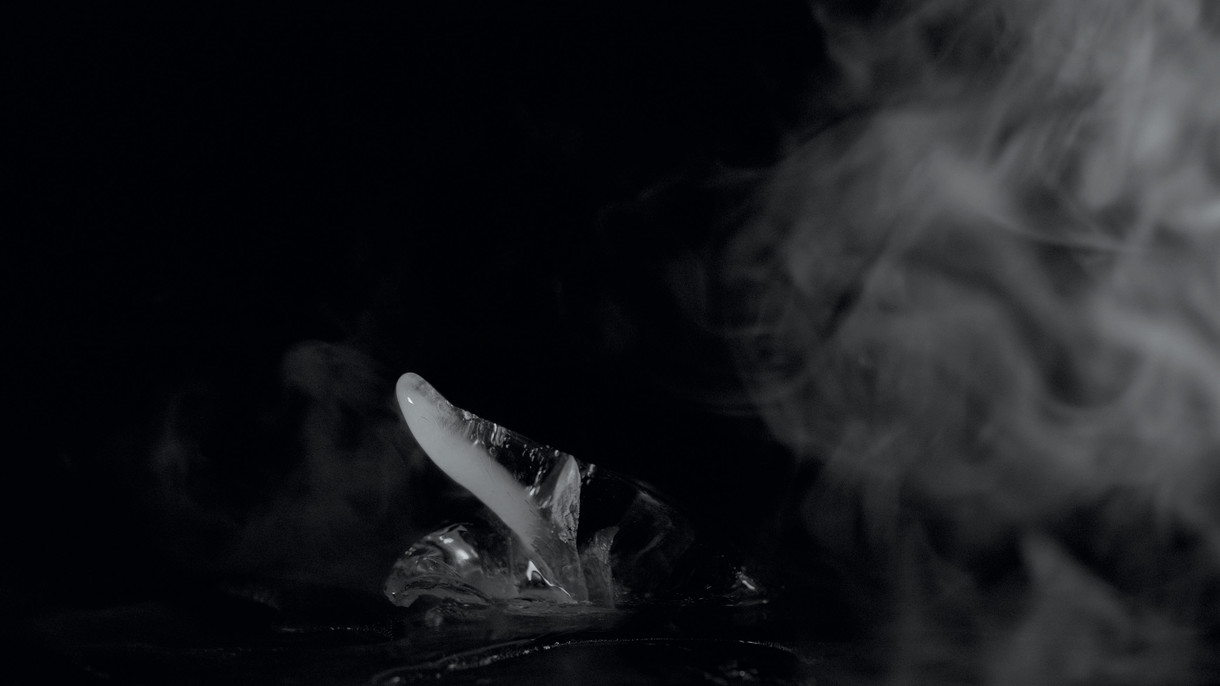
James Oram: By Spectral Hands
In the American psychological thriller Severance, the employees of Lumon Industries undergo a surgical procedure that separates their work and non-work memories. The uncanny plot unfolds into what feels like a terrifyingly accurate portrayal of the power that corporations exert over our lives, and the integration of the self into capitalism. In this fictional world Mark and his co-workers willingly join the corporation, blind to what it is they do as part of the Macrodata Refinement team. The series offers insight into how data has become a core part of capitalism, despite the over-abundance of information in a system founded on scarcity. Further, Severance’s data sorters must categorise and file the numbers that appear on their computer screens based on their emotional response to them, rather than applying logic, thereby integrating their feelings to the digital realm.
Article

Christchurch and the New Zealand Wars
It is often assumed that the nineteenth-century New Zealand Wars fought between the Crown and various groups of Māori were exclusively a Te Ika-a-Māui North Island story. But in addition to the violent clash that took place at Wairau, Marlborough, in June 1843, there is a much deeper, if largely unknown, history of southern engagement with these conflicts. Military settlers were recruited from Te Waipounamu South Island goldfields to fight in the Waikato and elsewhere during the 1860s in return for a share of the confiscated lands, and Ōtautahi Christchurch politicians such as Henry Sewell and James Edward FitzGerald were members of colonial governments that were responsible for directing the later military campaigns and land takings, even while they expressed doubts about the justice of what was unfolding.
Commentary

A Fireside Whodunnit
Father’s Tea entered the collection as an unexpected and welcome gift in 2020, together with a small portrait sketch and a larger interior scene by the same artist, both signed ‘EC’. Given by the granddaughter of artist Elizabeth Graham Chalmers (1870–1951), the paintings were old and well-travelled, needing the kind of care that galleries can provide. Father’s Tea also presented an intriguing puzzle around authorship, which has only recently been firmly re-established. As our research continued into 2021, local conservator Olivia Pitts undertook cleaning and repairs in preparation for its inclusion in the 2021–22 exhibition Leaving for Work. This included the removal of old varnish, infilling, and repainting areas of loss, and saw its strength vibrantly reinstated. Completing the restoration was the expert repair and re-gilding of the original ‘Watts profile’ frame by framing conservator Anne-Sophie Ninino.


